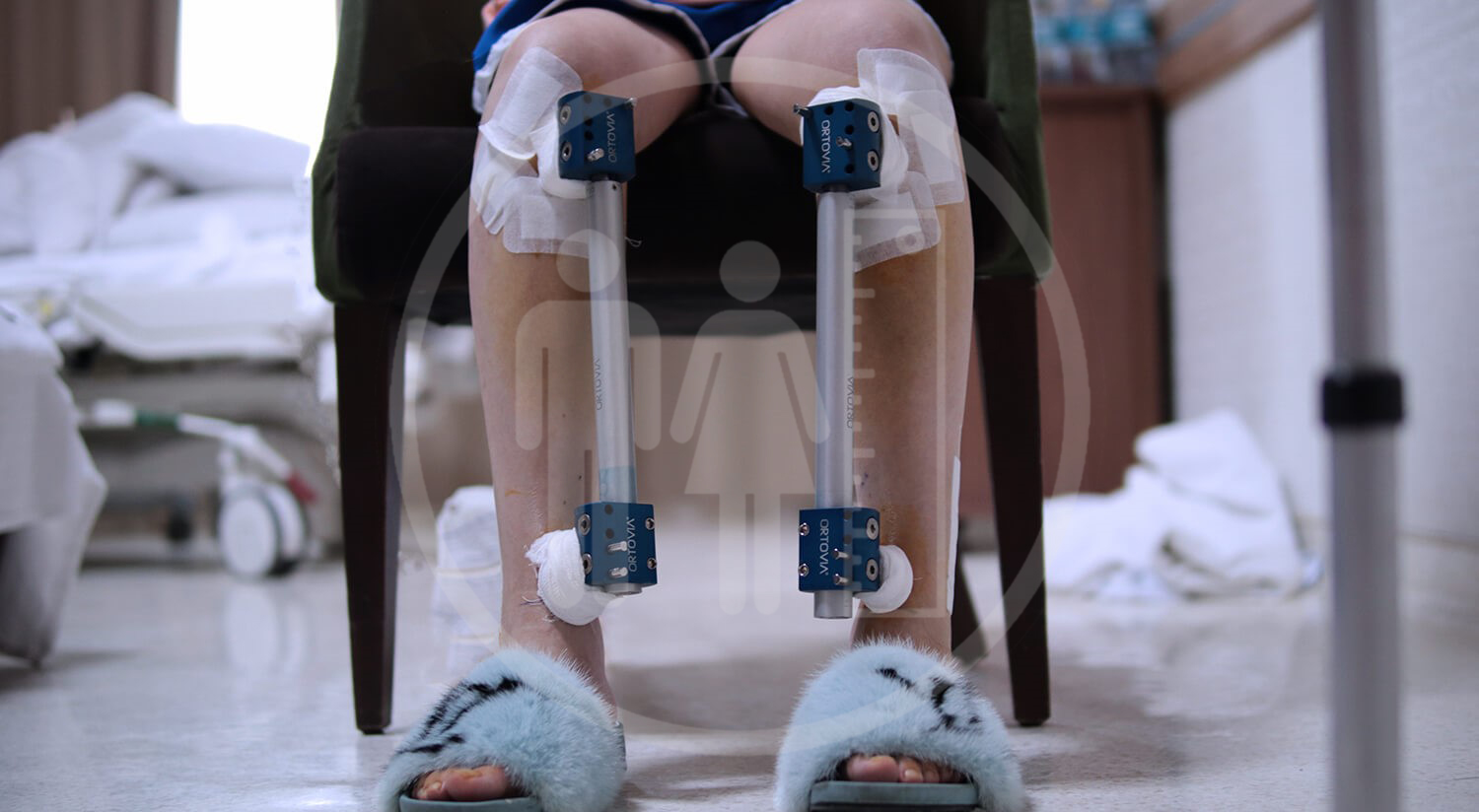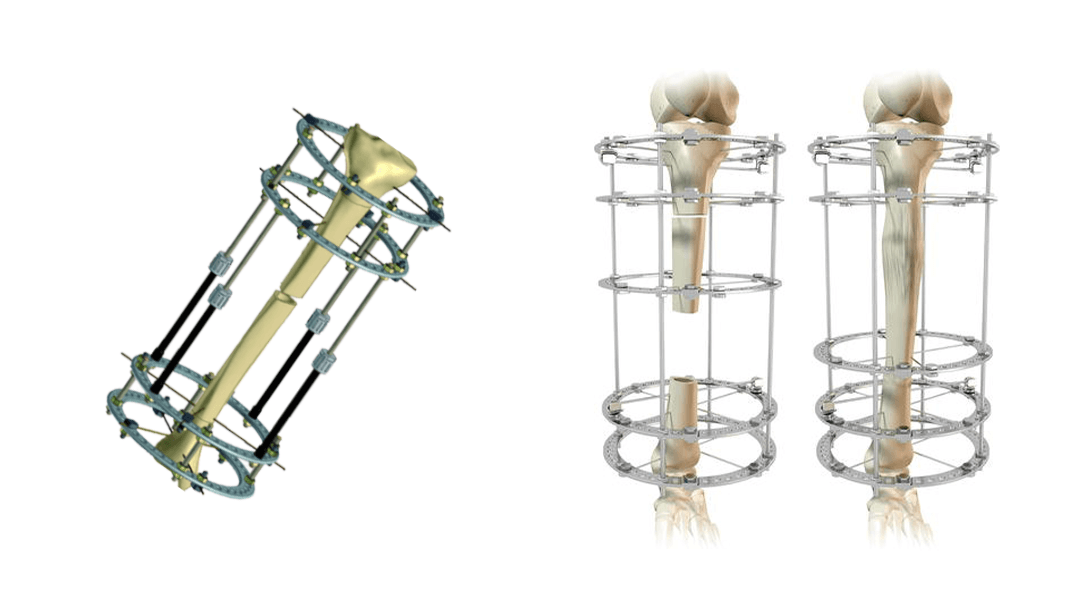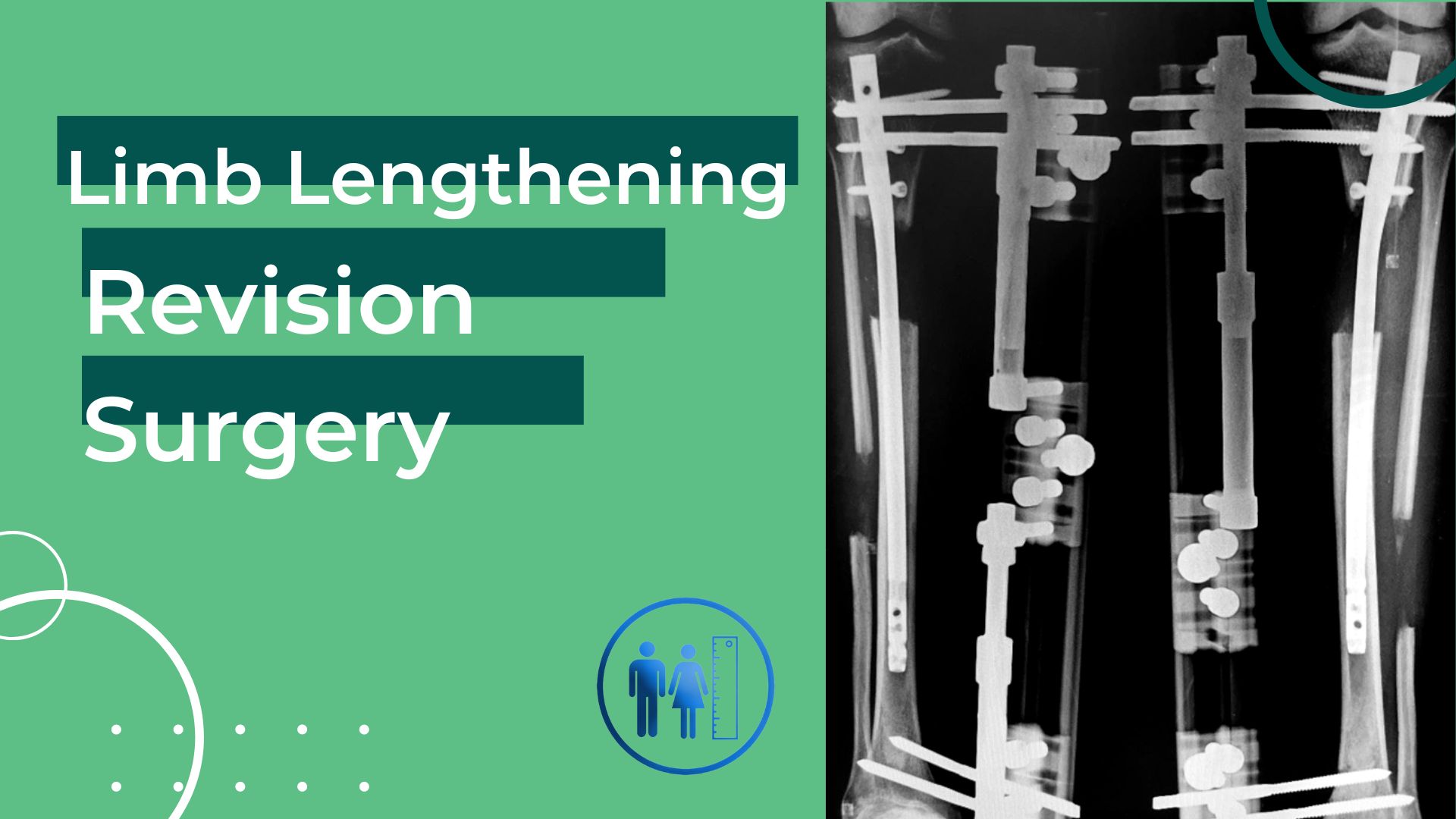
Live
Support AI
The First Limb Lengthening Surgery in the World
One of the most incredible achievements of modern medicine has been its capacity to rectify and augment human physical characteristics, defying natural constraints. Among these advancements, limb lengthening is a revolutionary surgical procedure that has enabled individuals to increase height and correct limb discrepancies. This life-altering procedure has been a beacon of hope for many, paving the way for improved physical capability and a transformed perception of self. This article delves into the historical narrative of this remarkable medical breakthrough, starting from its inception.
Understanding Limb Lengthening
Limb lengthening is a complex surgical procedure that focuses on increasing the length of the limbs, usually the legs, by encouraging new bone growth. The process involves creating a surgical fracture in the bone, then gradually separating, or 'distracting,' the bone segments over time.

Biological Side of Limb Lengthening Surgery
The biological process involved in limb lengthening surgery is a fascinating demonstration of the body's innate healing and regenerative capabilities. At the core of this procedure is a process called distraction osteogenesis, which capitalizes on the body's response to a slow, controlled separation of bone fragments after a surgical fracture. When the bone is gradually distracted, the body responds by generating new bone, along with corresponding soft tissue, blood vessels, and nerves in the created gap. This incremental formation of new tissue allows the bone to lengthen over time, effectively increasing the length of the limb. It's a complex interplay between surgical intervention and biological response, a testament to the resilience and adaptability of human physiology.
The Birth of Limb Lengthening
Let's hop into our time machine and dial it back around 100 years. Our first stop is 1869, when the audacious German surgeon, Bernhard von Langenbeck, made a startling declaration. He announced that even a modest leg shortening of 2-4 cm could greatly impair function, daringly suggesting that surgical stretching of the bone could rectify this. Picture the intrigue that must have stirred!
Fast forward to 1903, we find another trailblazer, Alessandro Codivilla of the Rizzoli Institute in Bologna, Italy. He boldly performed femoral osteotomies on patients with coxa vara. Massive traction forces, as much as 25–75 kg, were applied via a cast and a transcalcaneal wire. Despite the pioneering spirit, understanding of bone physiology and the importance of soft tissues in the lengthening process was limited. It led to a somewhat wild west of lengthening procedures, often with high risk.
Imagine being in an era where people were all too eager to lengthen as much as possible, even up to 8 cm, often in one sweeping procedure. The environment was nothing short of audacious, even daunting. The hardship endured by patients ranged from nerve injuries, muscle convulsions, and pseudarthrosis to malunions. And let's not forget the intense pain, especially as this was the pre-anaesthetic era, sometimes with dire consequences.
Louis Ombrédanne, in 1913, made a leap forward, achieving a 4 cm gradual lengthening on a femur using an external fixator with one pin above and one pin below the osteotomy. Soon after, Vittorio Putti brought together the concepts of external fixation, Z-shaped osteotomy, and continuous but slower distractions for up to 8-cm lengthening, reminiscent of modern unilateral methods.
In 1923, August Bier became the pioneer who realized the importance of delaying lengthening after the osteotomy. However, he did not succeed because he completely severed the periosteum at the osteotomy site. Despite these hurdles, the relentless pursuit continued, with Leroy Abbott from St. Louis further advancing the method of callus distraction in the mid-1920s and more refinements arriving in the 1930s.
The journey of bone lengthening is filled with a captivating tapestry of biological and hardware trials and errors. From fascia resections, wide soft tissue dissections to stirrup-shaped irons for pin fixation, each attempt paints a picture of the countless frustrations, obstacles, and challenges. Even Wittmoser's first ring fixator, a promising step, failed to gain the recognition it deserved.
When was the First Limb Lengthening Surgery?
After all these trials and pioneers, the successful limb lengthening surgery journey started with Dr. Gavriil Ilizarov, a Russian orthopedic surgeon. It was in the 1950s that Dr. Ilizarov, while stationed in a remote part of the former Soviet Union, encountered a patient with a non-healing bone fracture. With limited resources at hand, he improvised an external fixator using bicycle parts to hold the broken bone in place.
Dr. Ilizarov's Accidental Discovery
As the patient healed, Dr. Ilizarov noticed a fascinating phenomenon—the broken bone segments, when slowly and steadily distracted, led to the formation of new bone in the gap. This phenomenon, which he termed "distraction osteogenesis," paved the way for the world's first limb lengthening surgery.
The World’s First Limb Lengthening Surgery Patient
The first patient to undergo limb lengthening surgery was reportedly a young man in the former Soviet Union who was treated by Dr. Gavriil Ilizarov. Dr. Ilizarov's innovative treatment was performed in the 1950s, although the exact date and the identity of the patient have not been widely publicized due to privacy reasons and the historical context in which the surgery was performed.
The Ilizarov Method: Revolutionizing Limb Lengthening

With the discovery of distraction osteogenesis, Dr. Ilizarov went on to develop a surgical technique that has since revolutionized orthopedic medicine. The Ilizarov method, as it came to be known, employed an external device known as the Ilizarov apparatus. This circular, stainless-steel device held the bone fragments in place following surgical fracture, allowing for controlled distraction.
Impact and Applications of the Ilizarov Method
The Ilizarov method presented a new realm of possibilities, particularly for those dealing with limb length discrepancies and certain types of dwarfism. For the first time, individuals had the opportunity to increase height and achieve physical capabilities previously thought impossible. Beyond the cosmetic applications, this groundbreaking technique also offered improved mobility and quality of life, contributing significantly to the field of orthopedic medicine.
Evolution and Advancements in Limb Lengthening Surgery
While the Ilizarov method laid the foundation for limb lengthening surgery, it was just the beginning. Over the decades, technological and medical advancements have led to the evolution of less invasive and more efficient surgical techniques.
Modern Leg Lengthening Surgery Techniques and Methods
The LON (Combined) Method
Lengthening and then nailing, often abbreviated as LON, is a limb lengthening method that combines both external and internal fixation techniques. In this method, an external fixator, similar to the one used in the original Ilizarov method, is first applied to the limb. This fixator is used to gradually distract the bone, prompting new bone growth in the gap.
Once the desired length is achieved, the external fixator is removed, and an intramedullary nail is inserted into the bone to provide internal stabilization during the consolidation phase. This nail, inserted into the marrow cavity of the bone, provides robust internal support while the new bone hardens and matures.
One key advantage of the LON method is that it allows for weight-bearing much earlier in the consolidation phase compared to purely external methods, thanks to the strength of the internal nail. However, it does require an additional surgical procedure to insert the nail, which may not be suitable for all patients. The lengthening process is much faster than the older external fixator techniques like Ilizarov and Holyfix.
Precice 2.2 Method
The Precice 2.2 system is a modern, fully internal limb lengthening method developed by NuVasive Specialized Orthopedics. The Precice system uses an intramedullary nail equipped with a magnetically-driven internal mechanism. This mechanism, when activated by an external remote controller (ERC), gradually distracts the nail, effectively lengthening the bone over time.
One significant advantage of the Precice 2.2 system is the absence of external hardware, which reduces infection risks and often results in less post-operative discomfort for the patient. Additionally, the magnetic technology allows for precise control over the distraction rate and rhythm. However, this system is not without limitations - it's more expensive than traditional methods and may not be suitable for very young patients whose bones are too small to accommodate the device.
Precice Stryde Method
The Precice Stryde system, also developed by NuVasive Specialized Orthopedics, is an advanced version of the Precice 2.2 system. Like its predecessor, the Stryde system uses an internally implanted, magnetically driven nail to achieve limb lengthening.
The primary advancement of the Stryde system is its increased weight-bearing capacity. This advancement allows patients to bear full weight much earlier in the recovery process, often as soon as the lengthening phase begins. This feature can dramatically improve patients' mobility during the treatment process and often leads to a quicker and more comfortable recovery. The Precice Stryde system, though more expensive, represents the leading edge of limb lengthening technology
Limb Lengthening in Today's Context: Beyond Increasing Height
Today, limb lengthening has become more than just a means to increase height. It continues to serve as an invaluable tool in managing various orthopedic conditions. It is crucial, however, to understand that despite the transformative potential of limb lengthening, it is a complex and taxing process, requiring dedicated post-operative rehabilitation. Therefore, it should always be considered within a broader scope of overall health and well-being improvement, rather than merely as a cosmetic procedure.
The Future of Limb Lengthening
Looking forward, limb lengthening surgery continues to evolve, with ongoing research focused on further refining the procedure and minimizing associated risks. With advancements in regenerative medicine and biomechanics, the future promises even more precise, safe, and efficient limb lengthening procedures.
Turkey's First and the Most Experienced Limb Lengthening Surgery Facility: Wanna Be Taller
As we have told the world's first limb lengthening surgery and the history of it in detail, it would be incomplete without mentioning Turkey's first limb lengthening surgery company, which is us Wanna Be Taller. Our team takes great pride in leading the Limb Lengthening Surgery in Turkey. With a decade-long journey behind us, we've had the privilege of successfully treating over 700 patients, thanks to our committed team of 28 professionals. We have utilized two of the most advanced limb lengthening surgical techniques in this remarkable journey.
Frequenly Asked Questions
-
Who invented limb lengthening surgery?
Although there is a long history of the trials and errors for limb lengthening surgery, the first doctor that successfuly accomplished limb lengthening surgery is Dr. Gavriil Ilizarov. -
What is the Russian technique for height increase?
There are several limb lengthening surgery techniques and methods being used, however, Ilizarov is the Russsian technique for height increase. -
Who is a suitable candidate for limb lengthening surgery?
For cosmetic limb lengthening surgery, some medical tests, X-Rays, blood tests are needed to be taken for the doctor to decide whether the patient candidate is suitable for the surgery or not. -
Can limb lengthening surgery be used to treat conditions other than limb length discrepancies?
Yes, limb lengthening surgery has been used to treat various orthopedic conditions, including certain types of dwarfism and conditions resulting from injury or disease. Always consult with a medical professional to discuss treatment options for specific conditions.
You will be informed about the lengthening increase, lengthening process, the prices of the surgical methods, the difference of the methods, the risks of the surgery.




